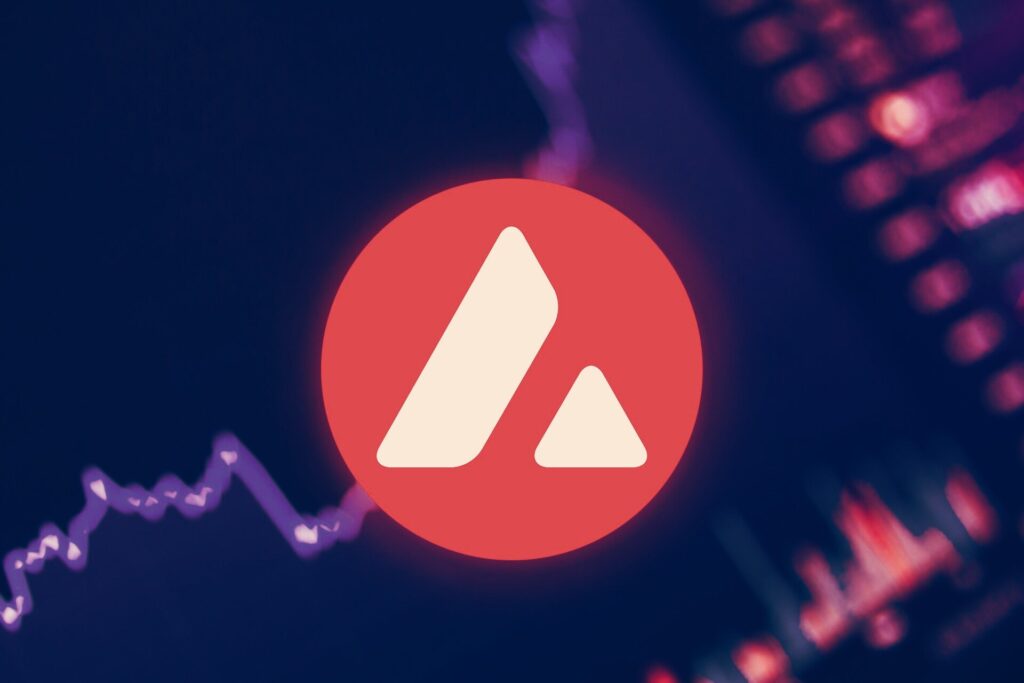Layer one and two coins trade more reliably, however two of the top DeFi tokens are also the most confusing.
WhileWhile it is impossible to anticipate the future, it is possible to learn from the past. When you look at previous trading patterns, certain crypto coins are much (much) more predictable than others.
In fact, five cryptocurrencies in particular have demonstrated the kind of trading predictability that might provide foresighted crypto traders a significant market advantage.
These five tokens have all shown that they have one thing in common: they have all shown that they have one thing in common: they have all demonstrated.
• They averaged a gain in value when measured after 24, 48, and 72 hours after strong bullish conditions were found.
• They increased on average after 24, 48, and 72 hours after extreme bullish conditions were discovered.
• Following an excessive flag, the minimum average gain over 72 hours was an eye-popping 10%.
While this is only a reflection of past trading activity and not a guarantee of future results, it’s worth noting that these tokens, led by Avalanche (AVAX), consistently average out to major gains, even as other tokens, such as AAVE and Curve (CRV), tend to *decrease* in value over similar timeframes, and still other tokens show no correlations to historical trading conditions at all.
The context for determining predictability
If you’ve been reading Cointelegraph for the past year, you’ve definitely heard about Markets Pro, a proprietary data intelligence platform, and the VORTECSTM Score, a quant-style trading indicator.
In completely hypothetical automated tests, the metric delivers mind-boggling ROIs that can approach tens of thousands of percent when compounded over months.
Knowing each crypto asset’s specific tendencies is more beneficial than marvelling at the aggregate data when it comes to putting historical precedent to work as a regular investor. Here’s one way traders might figure out which assets are most likely to follow well-worn pathways to enormous profits.
Whosoever history is the most rhyming?
The VORTECSTM Score was created to give traders a bird’s-eye view of multi-dimensional patterns in crypto asset performance data. Individual tokens often behave in recognisably similar ways in terms of trading metrics and social sentiment… days before their prices explode, according to the key principle underlying the Score’s utility (or tank). Even though these regularities are by no means predictive of price behaviour, they can help traders make better judgments if they are identified early.
Gains on average in the past
Since the platform’s introduction, the graphic shows the twenty coins with the most instances of VORTECSTM Scores above 80 or 90.
The algorithm’s confidence in the coin’s current prognosis is historically bullish as reflected in its high scores. While a score of 90 is uncommon, it expresses the algorithm’s belief that when identical trading conditions have occurred in the past, prices have typically gone higher and with greater purpose.
The bars show average increases after a specific amount of time has passed after the highest score was achieved. For example, the green bar in the legend, labelled 72/90, indicates the asset’s typical gains 72 hours after attaining a score of 90; the orange bar depicts the asset’s average returns 48 hours after hitting an 80 on the VORTECSTM Score.
For crypto investors who use historical analysis as part of their research, Avalanche (AVAX) is possibly the most clear and consistent transaction. Not only have high scores been linked to price increases, but the profits have also fully supported the algorithm’s argument.
